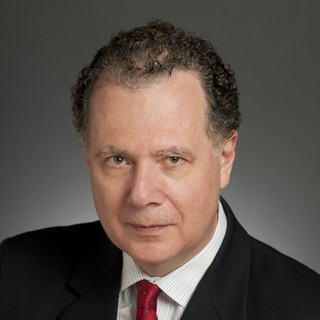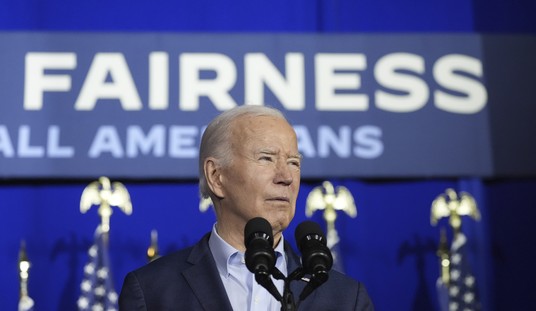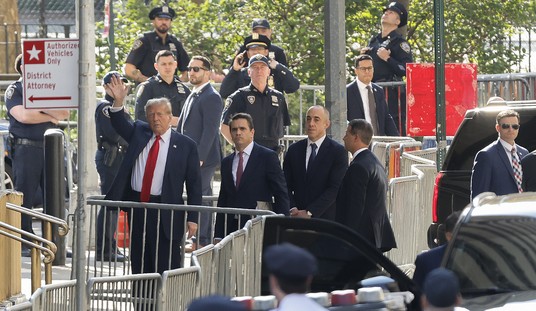Back when we called a monster a monster and set out to drive a stake through its heart, Americans did not fear the evil that lurks in the psyche of the Old World. The horror movie genre after World War II gave us Abbott and Costello Meet Frankenstein, a spoof that showed what Americans thought of Dracula, the Wolfman, Hitler, Mussolini, and other exotic monsters. We refused to be horrified by Hitler. But we were less resilient during Vietnam, and even less so after 9/11. Americans have become prey to morbidity. Our leaders no longer tell us who our enemies are and how to defeat them. Instead, the liberals tell us that we are to blame for Communist aggression in Vietnam, or for Muslim terrorism against the West. And this has horrified us. It has changed our culture.
During the mid-60s the horror genre was represented mainly by lampoons like The Munsters; as the shadow of Vietnam fell over the United States in the late 1960s, it returned to the mainstream.
That’s what worried me most after 9/11. On Oct. 12, 2001, I wrote,
The grand vulnerability of the Western mind is horror. The Nazis understood this and pursued a policy “des Schreckens” (to cause horror) and “Entsetzens” (terror, literally: dislodgement). Horror was not merely an instrument of war in the traditional sense, but a form of Wagnerian theater, or psychological warfare on the grand scale. Hitler’s tactical advantage lay in his capacity to be more horrible than his opponents could imagine. The most horrible thing of all is that he well might have succeeded if not for his own megalomaniac propensity to overreach.
America, as Osama bin Laden taunted this week, lost in Vietnam. But it was not military setbacks, but the horrific images of Vietnamese civilians burned by napalm, that lost the war. America’s experience in the war is enshrined in popular culture in the film Apocalypse Now, modeled after Joseph Conrad’s story, The Heart of Darkness. The Belgian trading company official, Paul Kurtz, sinks into bestiality and dies with these words: “The horror! The horror!” It was a dreadful film, but a clever reference. At the close of World War I, T S Eliot subtitled his epitaph for Western civilization, The Waste Land, with a quote from the Conrad story: “Mr Kurtz, he dead.”
In an essay today at Asia Times Online, I conclude with sadness that the 9/11 terrorists succeeded in their most important goal. They have horrified us. Osama bin Laden’s a moldering in the grave, but his foul spirit still infects our psyche. We haven’t yet driven the stake through his heart. When we blame ourselves for horrific events, the horror becomes part of us.
As I observe in the essay, “The ‘horror’ genre supplied one out of 10 feature films released in the United States in 2009, according to the International Movie Database. During Universal Studios’ heyday in the 1930s, the proportion was one in 200; only a decade ago it was one in 25. By way of contrast, 716 horror features were released in 2009, compared to 39 Westerns, a ratio of almost 20 to one. Westerns invariably portray a well-understood form of evil and contrast it to the courage to stand up to evil. Horror films involve an evil that is incomprehensible because it is supernatural and so potent that ordinary courage offers no remedy. In the 1960s, Americans thought they understood what they most feared; today they appear to fear most what they cannot understand.”
Until our leaders can rally America on the strength of it exceptionalism against the evil directed at us by the moribund cultures of the Old World, horror will continue to erode our culture. Be afraid; be very afraid.









Join the conversation as a VIP Member